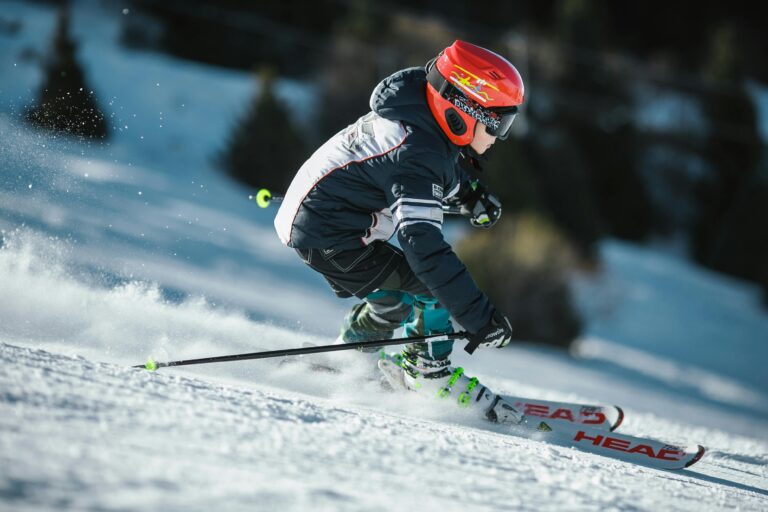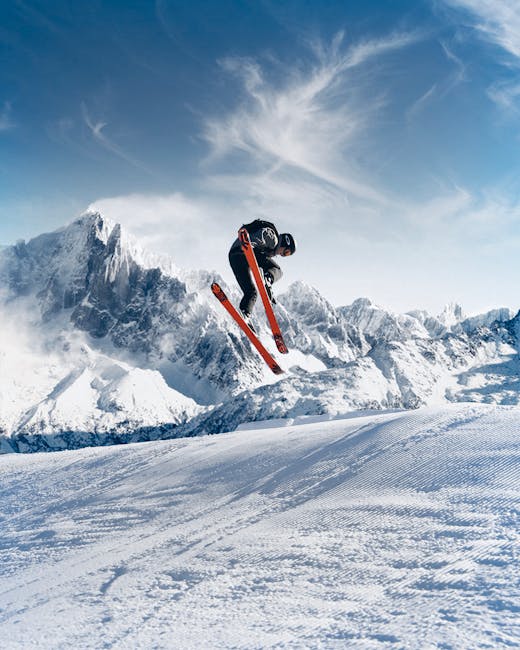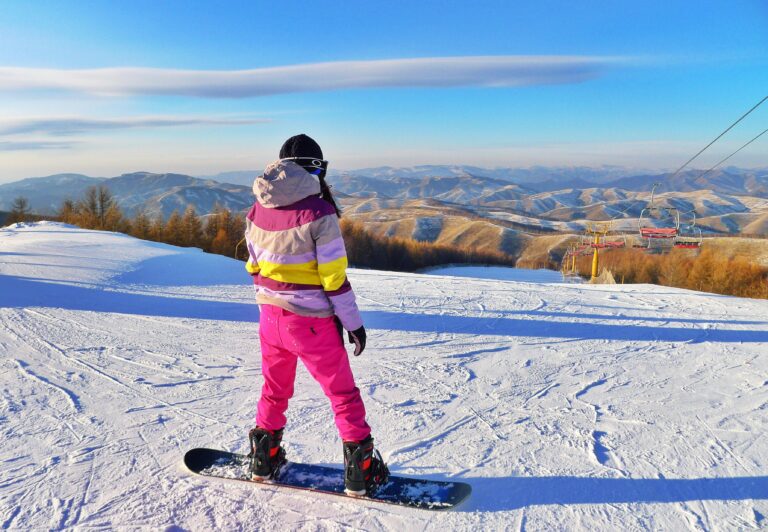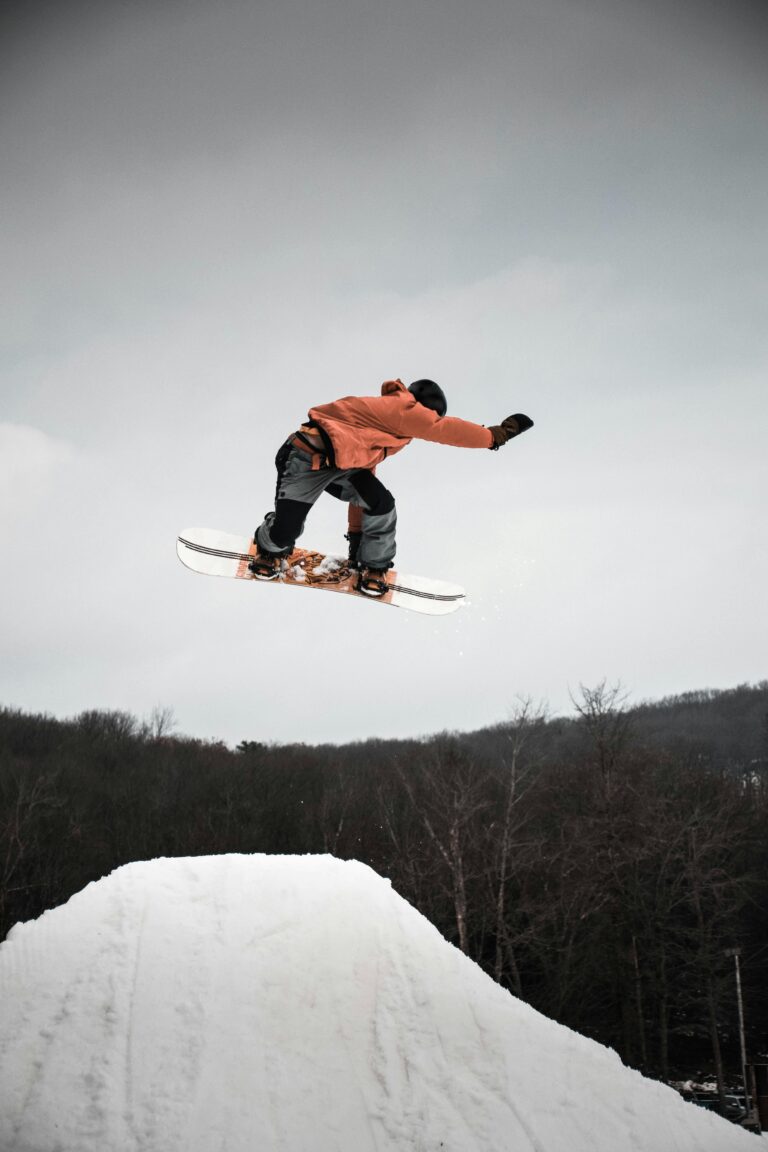Ski boots typically last around 100 to 200 days of skiing, influenced by usage patterns, maintenance, and environmental conditions. Knowing this lifespan is critical for ensuring safety and performance, enabling skiers to enjoy their experience without unnecessary risks.

Picture this: You’re standing on top of a snowy hill, ready to take off, when you realize just how crucial your boots are. They’re not just shoes—they’re the connection between you and your skis, the secret behind your comfort and control.
But how long do these boots really last? If you’ve ever wondered whether your worn-in boots are still up for the job or just waiting to betray you on the slopes, you’re in the right place.
Let me walk you through what affects your ski boots’ lifespan so you can ski safe and sound.
What Affects How Long Ski Boots Last?
Several things wear your boots down faster than you might expect:
- Type of Usage: If you’re out there skiing every weekend, your boots won’t keep up as long as if you ski a few times a season.
- Terrain: Black diamond runs are thrilling but tough on gear. Steeper, rougher terrain pushes your boots harder and speeds up wear.
- Weight: The heavier you are, the more pressure you put on those boots, which can chip away at their lifespan.
- Maintenance: Treat your boots like you would a prized bike or car. A little care goes a long way in keeping them going strong.
- Environment: Wet, muddy, or sunny conditions can degrade the materials faster. If you live in a damp place, extra attention is key.
Here’s a quick table to give you the gist:
| Factor | Description | Impact on Lifespan |
|---|---|---|
| Type of Usage | Frequency of skiing (e.g., occasional vs. frequent) | Higher usage = shorter lifespan |
| Terrain | Skiing on black diamonds vs. groomed trails | More rugged terrains increase wear |
| Weight | Heavier skiers apply more pressure to boots | Can lead to faster degradation |
| Maintenance | Regular care (cleaning, drying) | Prolongs lifespan significantly |
| Environment | Exposure to moisture and UV light | Contributes to material erosion |
Why It Matters: Safety and Performance
Worn-out ski boots aren’t just annoying—they can be dangerous. Over time, boots lose their stiff support and responsiveness.
- Support Fades: You might feel less ankle stability. This doesn’t just hurt your comfort—it ups your injury risk.
- Performance Drops: Ever tried steering on boots that feel like soft slippers? Yeah, it’s frustrating and can lead to mistakes on the slopes.
Keeping tabs on your boots’ condition means you stay in control and ski smoother.
For gear care tips, check out this resource from the International Ski Federation.
How to Get More Miles Out of Your Ski Boots
Cleaning ski boots regularly, storing them in optimal conditions, and performing preventative maintenance can significantly extend their lifespan, allowing skiers to enjoy their gear longer and saving money over time.
If you want your boots to last, a little TLC pays off.
Cleaning and Maintenance Tips
- Wipe Them Down: After skiing, wipe off snow and water. Letting moisture hang around is like leaving your boots to rot.
- Pick the Right Products: Use cleaners made for ski gear—harsh stuff can eat away at materials.
- Skip the Heat: Avoid hairdryers or heaters. Let your boots dry naturally at room temp to keep them from warping.
Store Them Right
- Cool and Dry: Don’t stash boots by heaters or in a damp corner. Think of it like storing chocolate—you want to avoid melting or sogginess.
- Breathable Bags: Use breathable bags to keep moisture from building up, especially over the off-season.
Preventative Care
- Inspect Often: Look for cracks, loose buckles, or soft liners. Catching these early can save you time and money.
- Don’t Over-tighten: Snug but not suffocating—that’s your goal. Overdoing it strains boots and makes skiing miserable.
When Is It Time to Say Goodbye?
Physical signs of wear, performance issues while skiing, and persistent comfort concerns are strong indicators that it may be time to replace your ski boots to ensure safety and effectiveness.
I know it’s tough to ditch boots you’ve broken in, but watch for these red flags:
- Cracks in the Shell or Liners: These mean your boots aren’t supporting you like they used to.
- Broken Buckles or Loose Fit: If they feel floppy or can’t close properly, that’s a problem.
- Boots Feel Too Soft: Less stiffness equals less control.
If you’re unsure, ask a pro to take a look or read up on reviews before splurging on a new pair.
Does Your Ski Style Change How Long Boots Last?
Different skiing styles impact boot wear differently – performance skiing boots may wear out faster due to aggressive use, whereas recreational skis typically enjoy a longer life due to lighter usage patterns.
How you ski makes a big difference.
- Performance Skiers: If you push hard and charge the slopes, your boots will show it sooner.
- Recreational Skiers: Casual trips mean your boots stick around longer.
- Freestyle Skiers: Those boots need to flex more, which can wear them out faster.
Here’s a quick style check:
| Skiing Style | Impact on Boot Longevity |
|---|---|
| Performance | Higher wear due to aggressive usage |
| Recreational | Longer lifespan from infrequent usage |
| Freestyle | Specialized boots may require more frequent replacement |
Are Old Boots Actually Dangerous?
Using old or worn ski boots can pose significant risks, including loss of support and potential for boot failure during critical performance moments, making regular assessments essential for safety.
Hanging on to old boots might cost you more than nostalgia.
- Injuries: If your boots don’t hold your ankle tight, you’re asking for trouble.
- Sudden Failures: Boots can break when you least expect it—imagine that happening mid-jump.
I’ve seen skiers on forums share stories about boots giving out at critical moments; it’s better to be safe than sorry.
Which Ski Boot Brands Last the Longest?
Brands like Salomon and Nordica consistently receive praise for durability among skiers, as user experiences and product testing data show varying lifespans across popular models.
If you’re investing, brand matters.
| Brand | Known For | General Lifespan |
|---|---|---|
| Salomon | Comfort and performance | 100-200 days |
| Nordica | Durability and fit | 150-250 days |
| Atomic | Lightweight models | 100-180 days |
| Rossignol | Versatility | 80-200 days |
Nordica and Salomon get a lot of love for lasting longer, but always peep reviews and ask fellow skiers before buying.
Do Expensive Boots Really Last Longer?
Higher-priced models often incorporate superior materials and technology, giving them longevity benefits that can make the initial investment worthwhile.
Price can pay off here. Better materials, smarter tech mean your boots stay sturdy longer.
Think of it like buying steak over ground beef—you pay more upfront, but it’s usually worth it.
Fitting Ski Boots to Make Them Last
A proper fit significantly influences the lifespan of ski boots, as snug fit minimizes undue wear and maximizes comfort while skiing.
Fit is everything.
If your boots pinch or slide, you’re not just uncomfortable—you’re wearing them out faster. Snug, secure, and comfy means less stress on the materials.
If you’re unsure, check out this easy-to-follow fitting guide.
FAQs
How can I tell if my ski boots are too old?
If your ski boots show visible wear like cracks or deformities, or if they frequently cause discomfort, it may be time to replace them. It’s essential to consider not just appearance but also functionality and safety features to ensure a hassle-free skiing experience.
What is the best way to store ski boots in the off-season?
To properly store ski boots during the off-season, clean them thoroughly, ensure they are completely dry, and keep them in a cool, dry place. Avoid placing them near heat sources, which could warp the materials and compromise their integrity.
Can I continue using ski boots that are several years old?
Using ski boots that are several years old can be risky, especially if they have experienced significant wear. Regular wear and tear can reduce support and increase the risk of injury, making it essential to assess their condition before each ski season.
How often should I replace my ski boots?
It’s advisable to replace ski boots every 100-200 skiing days, depending on factors like the type of skiing, the boot’s quality, and maintenance. Regular evaluation based on wear signs is key to ensuring safety and performance.
Now you’re armed with everything you need to keep your boots—and yourself—happy on the slopes. Treat your boots like your best ski buddy, and they’ll take good care of you. Happy skiing!
Want to geek out on gear care even more? Check out these videos:
And if you’re curious about storing boots the right way:





